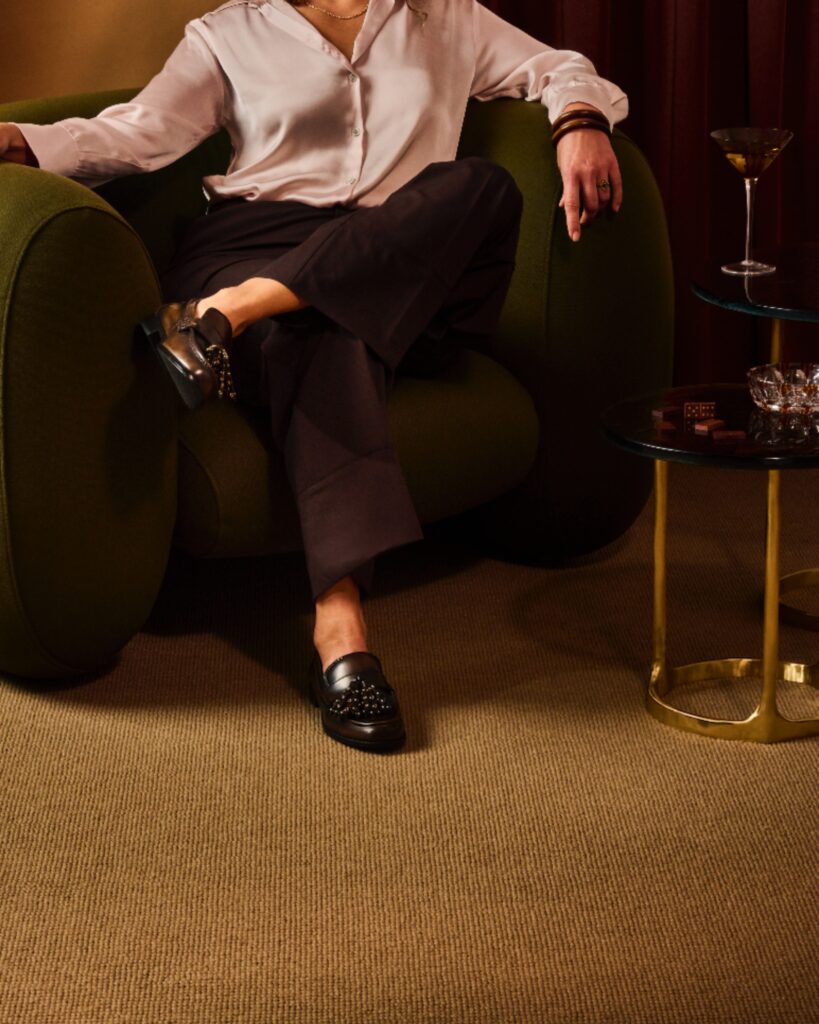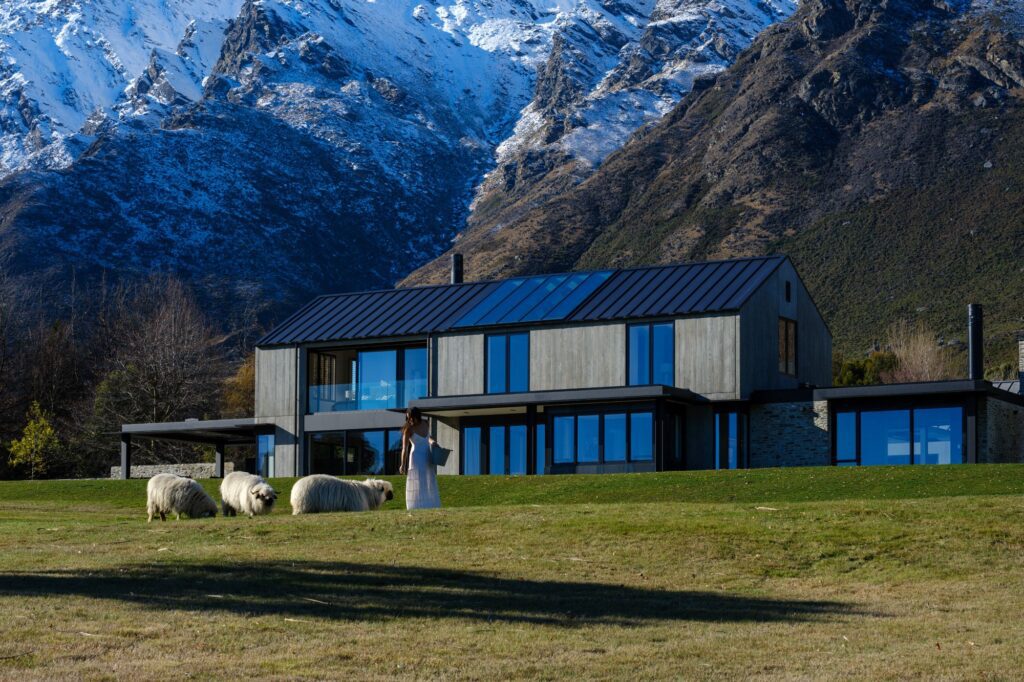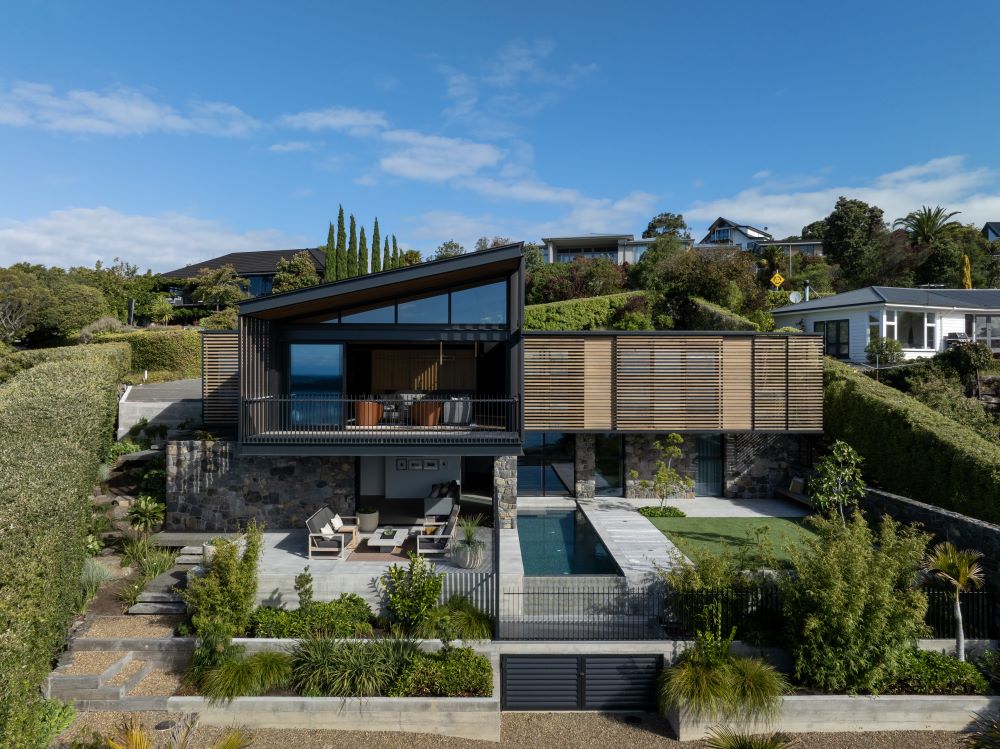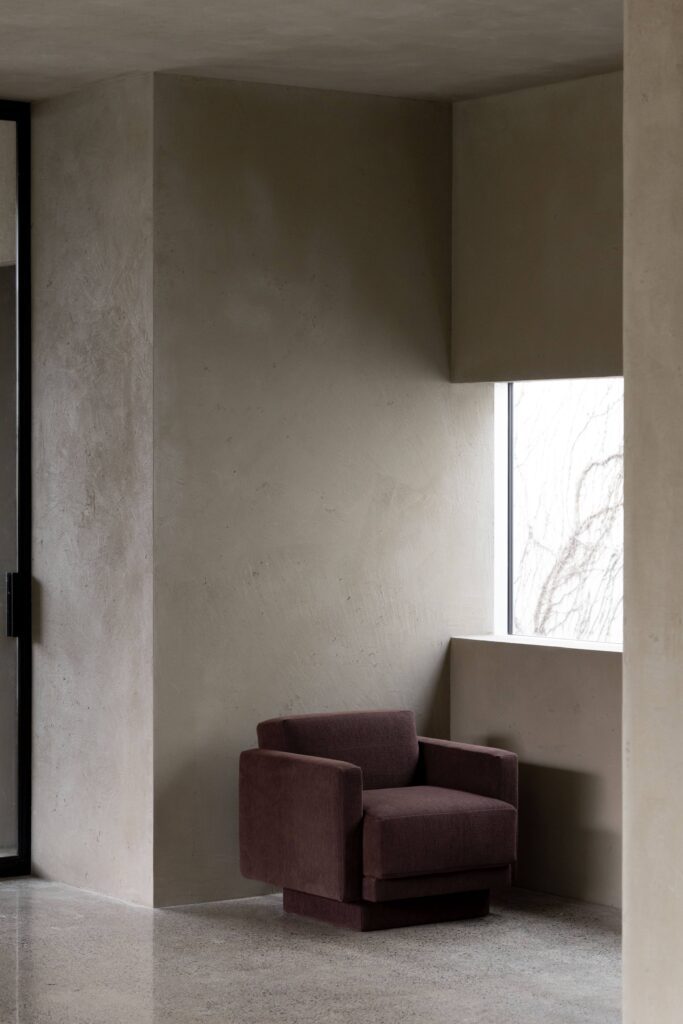Material Space’s Duncan Rooney talks to HOME about defying trends and a growing desire to work with natural materials and textures.
In order for bathroom design to truly reflect the individual personalities of our clients as well as the surrounding environment and architectural nuances of the space, it is important, in our view, to reject trends in favour of creating spaces that transcend a point in time.
There is a growing desire in the industry for interiors — especially bathrooms — to tie back to the landscape with products that use authentic and natural materials, and, in doing so, to allow the architectural form of the space to be enhanced.
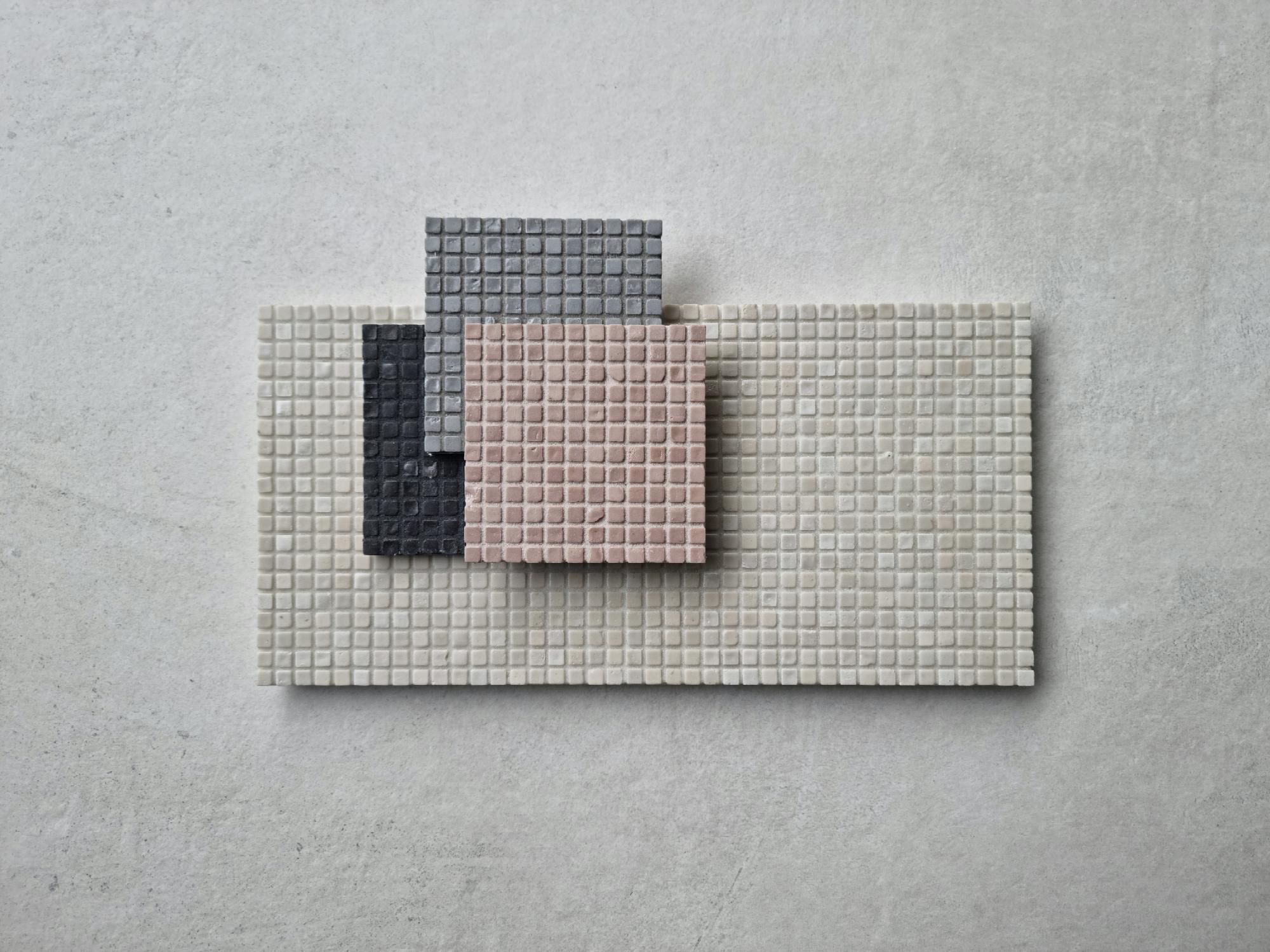
Texture provides interest, and this can be seen in materials that have an inherent natural variation through colour, tone, and shape. Often, in cases where products do have natural variance, it can be effective to use only one product rather than sourcing many.
Fabe OX (pictured below), produced by the artisan Japanese manufacturer INAX, is a good example of this. With each colour offered in this range there is an inherent spread of natural tones. Each ceramic tile therefore possesses its own personality through tonal variation, offering a tangible sense of movement and authenticity.
In addition, there is a growing consciousness about material origins, including what they are made with and how and where they are made. Of late, this has become increasingly important to architects, designers, and clients. This growing desire to source products that have little impact on our planet is reflected in the ranges we offer and work with.

For example, our Mini Mosaics (top) are produced by a leading Italian manufacturer and crafted from 100 per cent recycled glass from discarded television and computer screens. Materials such as this provide clients and designers with an eco-conscious option that affords value not only through its sustainability but as a conversation piece, and again by providing visual layering in their organic surface undulations and natural irregularity and tonal variances.
An adherence to natural materials and an embracing of organic variance paves the way for a more sustainable future in bathroom design.

